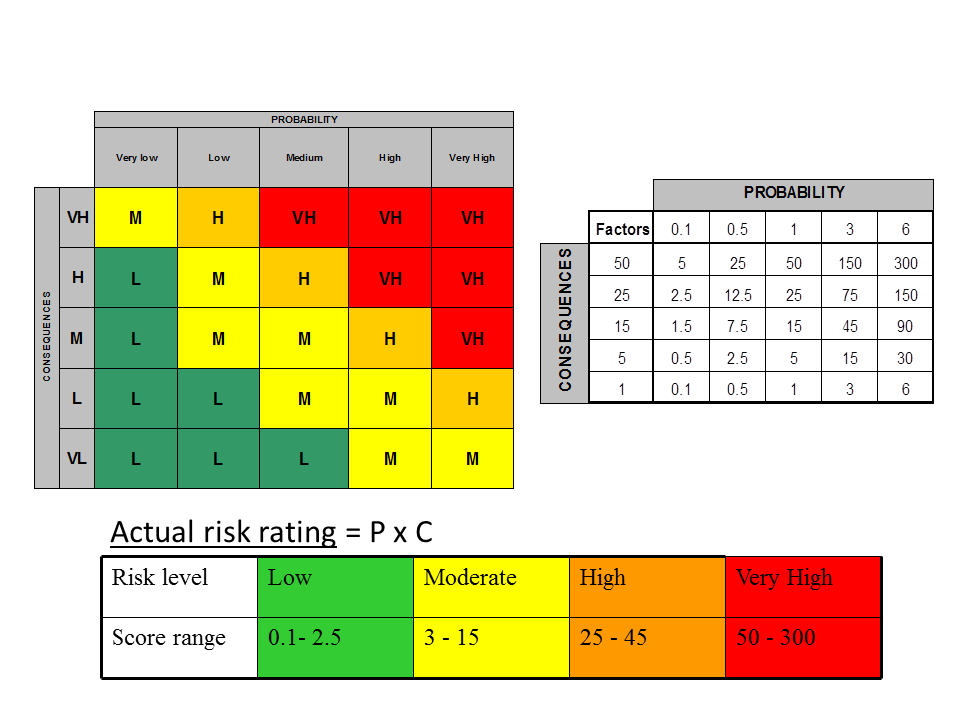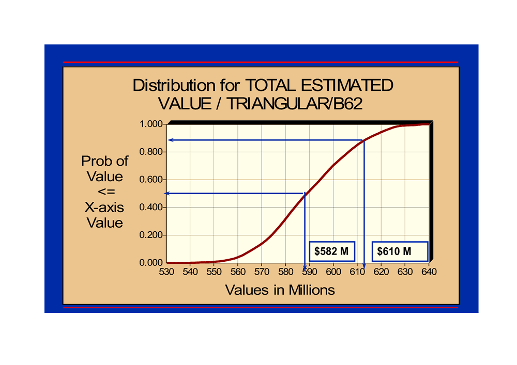eeess = aiming for" economically, ecologically, engineered sustainable solutions in projects and programs management "
Project Risk Management
Before we develop Risk Management Plans we review Project Scope Statements, Cost Management Plan deliverables, Project Schedule and Schedule baselines, Communications Management Plans in line with our clients’ management systems processes and procedures. We then organise project teams consisting of key project team members and stakeholders, those in the organisation with responsibility to manage the risk planning and execution activities, and others to hold planning meetings that attend risk workshop sessions and develop the Risk Management Plan that consists of:
- risk management cost elements and schedule activities for inclusion in the project budget and schedule
- risk contingency reserve application approaches
- risk management responsibilities
- templates for risk categories and definitions of terms such as levels of risk
- probability by type of risk
- impact by type of objectives
- tailor the probability and impact matrix specific to the project
- approaches, tools and data sources that are used to perform risk management
- resources and estimate cost needed to manage risks
- define when and how risk management processes will be performed
- determine comprehensive process of risk categories used to systematically identifying risks
- develop stakeholders’ risk tolerance limit
- risk reporting formats, and
- produce tracking documents on how risk activities will be recorded including lessons learnt.
We summarise the above outcomes in a Risk Management Plan document, and report it as a full-fledged set of deliverables.
Once risk management plan document is developed we proceed to the risk identification process. In dealing with project risk management, we believe risks and uncertainties are identified, assessed, analysed and mitigated or accepted at each project’s WBS and or activity levels through risk workshop sessions. Before we held risk workshop sessions, however, we distribute relevant contents of subsidiary documents of the Project Management Plan including Quality Management Plan in the risk assessment workshop participants.
During the risk identification workshop sessions, we encourage the participants to determine which risks they believe may affect the project. We provide technical assistances in applying risk identification tools and techniques such as information gathering techniques (e.g., brainstorming, phenomenal group technique, Delphi technique, root cause analysis), document reviews (reviewing project plans, previous projects), checklist analysis, assumptions analysis, diagramming techniques (cause and effect diagram/fishbone diagram, influence diagram).
We believe these techniques help that risks are identified and potential responses are planned. It is after the above rigorous risk identification processes have been conducted that we ensure risks are identified and included to the Risk Register document.
In performing qualitative and quantitative risk assessment as well as planning risk responses web also refer to:
- Project Scope Statement
- Risk Management Plan
- Project Schedule and Schedule Baseline document
- Cost Management Plan, and
apply tools and techniques such as:
- Probability and impact matrix, risk categorisation
- Risk urgency assessment
- Data gathering and representation techniques
- Quantitative risk analysis and modelling techniques,
- Strategies for negative and positive risks
- Contingent response strategies, and
- Consulting our clients’ relevant processes and procedures
We progressively update:
- Risk Register,
- Project Management Plan, and
- Provide risk related decision support in the area of insurance, bond, retention and other risks-related contract requirements.
We do risk breakdown structures by WBS & Organisational Breakdown Structure (OBS)

We begin with qualitative risk analysis and proceed to quantitative risk analysis

We do systematic risk response plan & strategy

Risk profile in a project lifecycle

Risk simulation, produce quantitative risk parameters for objective decision support

We keep risk status monitoring process alive
